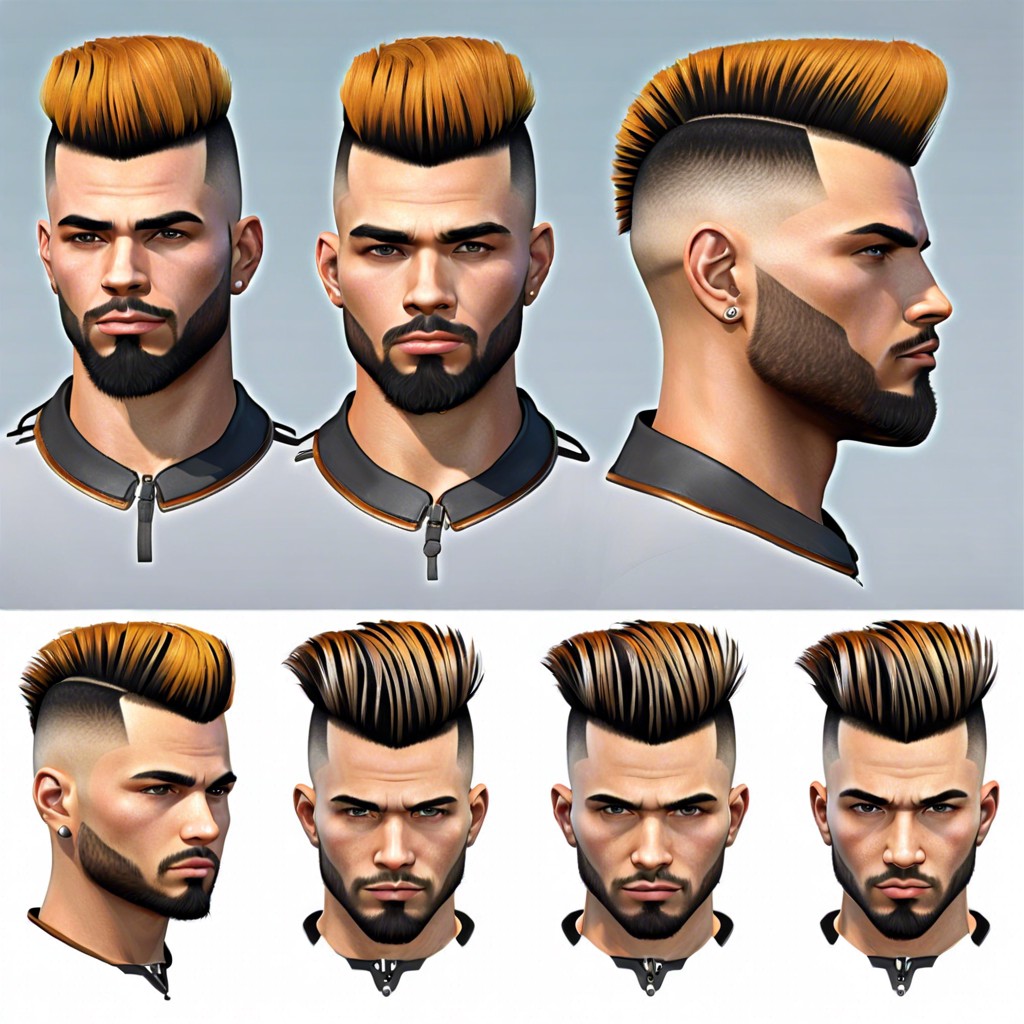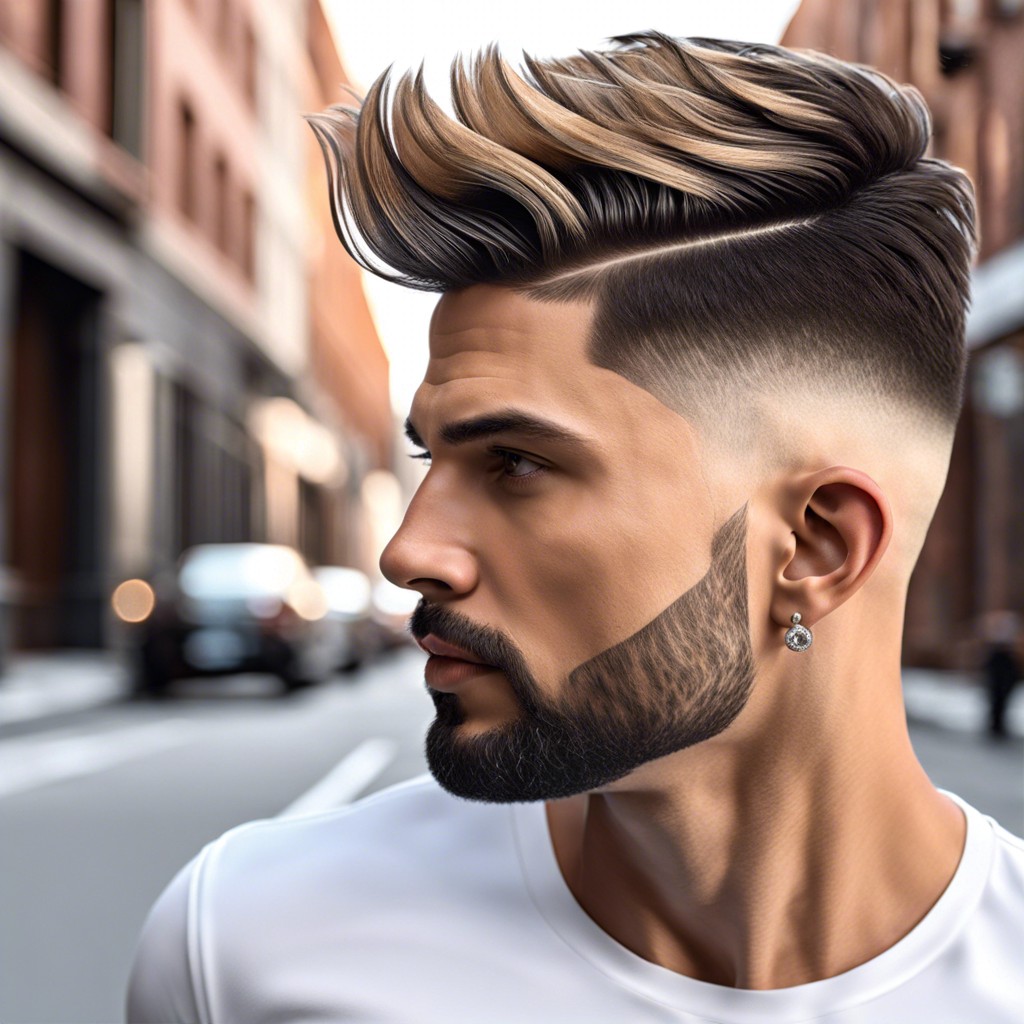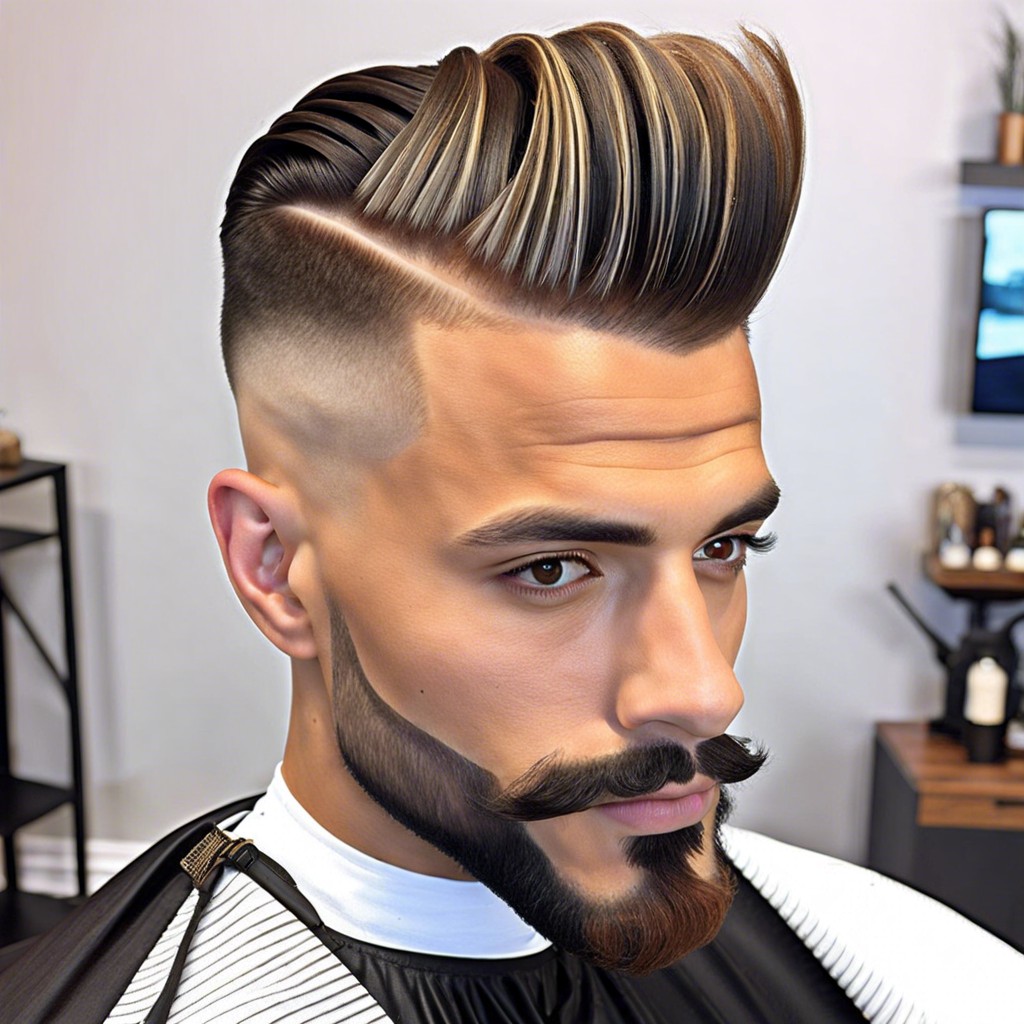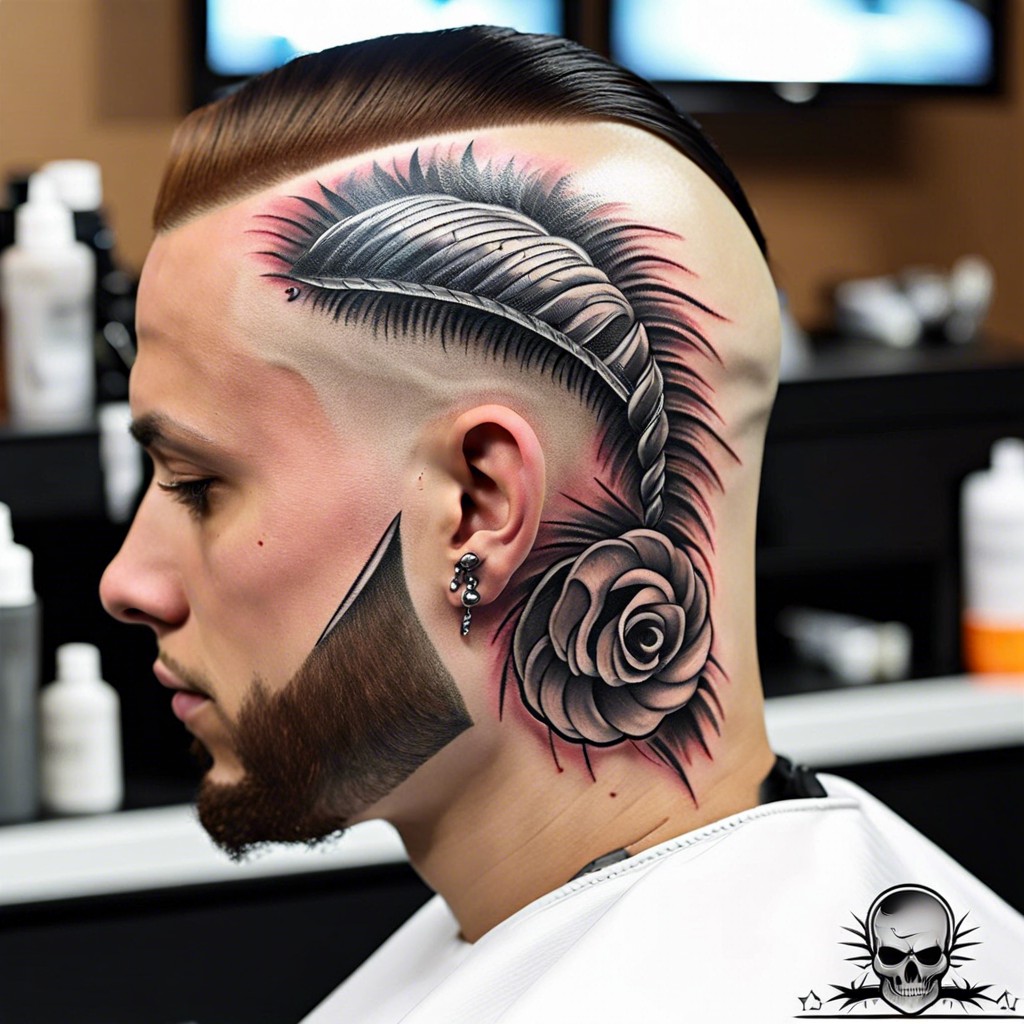Discover the transformative allure of the low taper perm as we detail its styling versatility and maintenance tips.
Definition of a Low Taper Perm
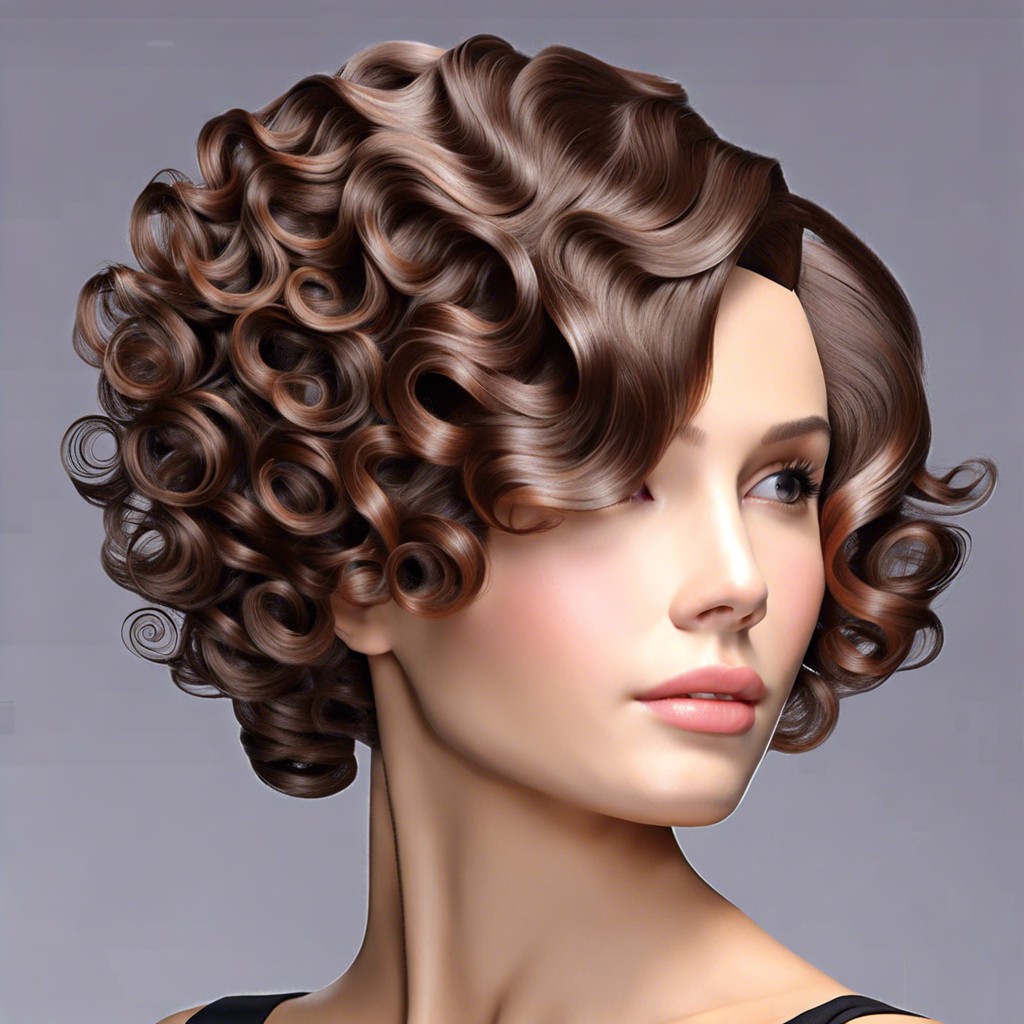
A low taper perm involves curling hair in a gradient style, with the tightness of the curls gradually decreasing from the top towards the neckline. This technique provides volume and texture at the crown, while keeping the sides and back more relaxed. It creates a subtle transition to sculpt a modern, versatile look that works well with various hair types and styles.
Best Hair Lengths for a Low Taper Perm
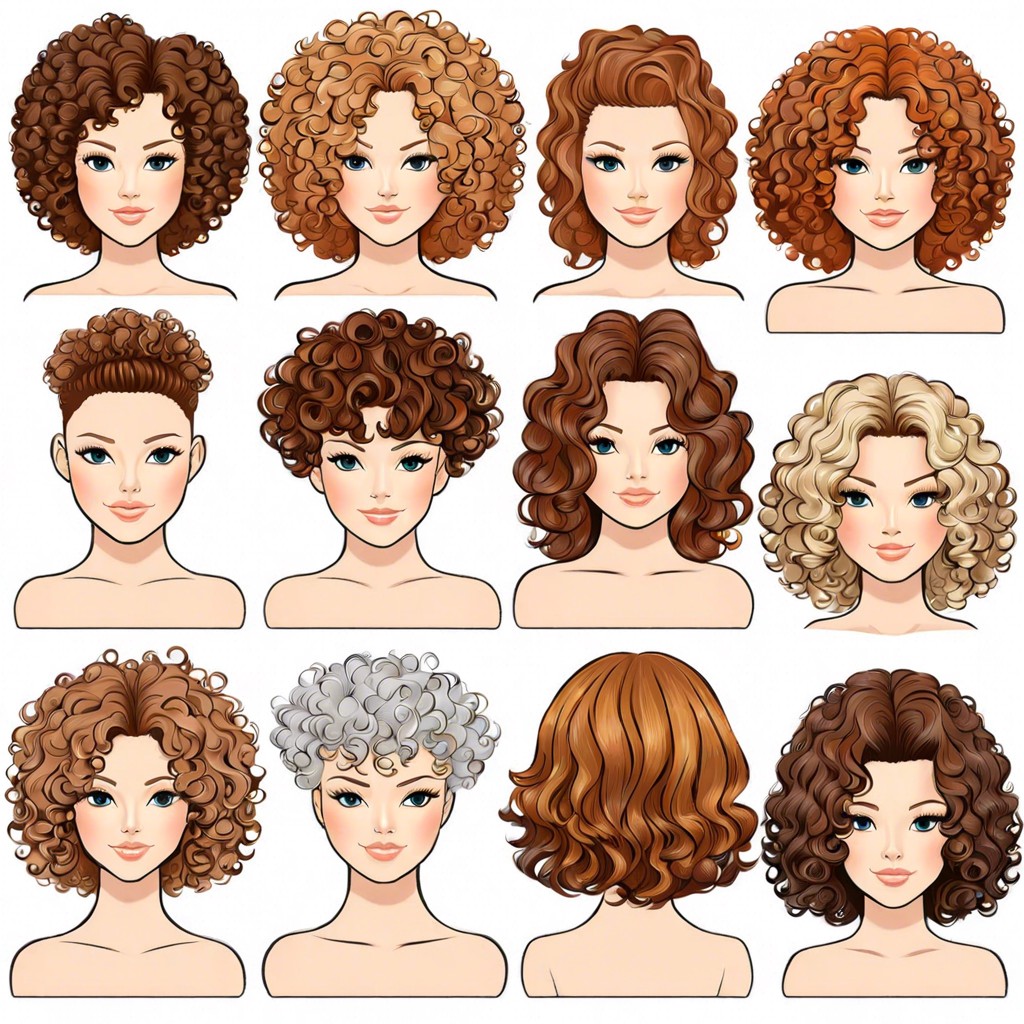
Optimal lengths for a low taper perm typically range from short to medium, allowing for a subtle graduation of curls.
Hair that can be comfortably wrapped around perm rods without excessive tightness ensures a smoother tapering effect.
Too long hair risks losing the structured taper, while very short hair may not showcase the permed layers effectively.
How to Style a Low Taper Perm
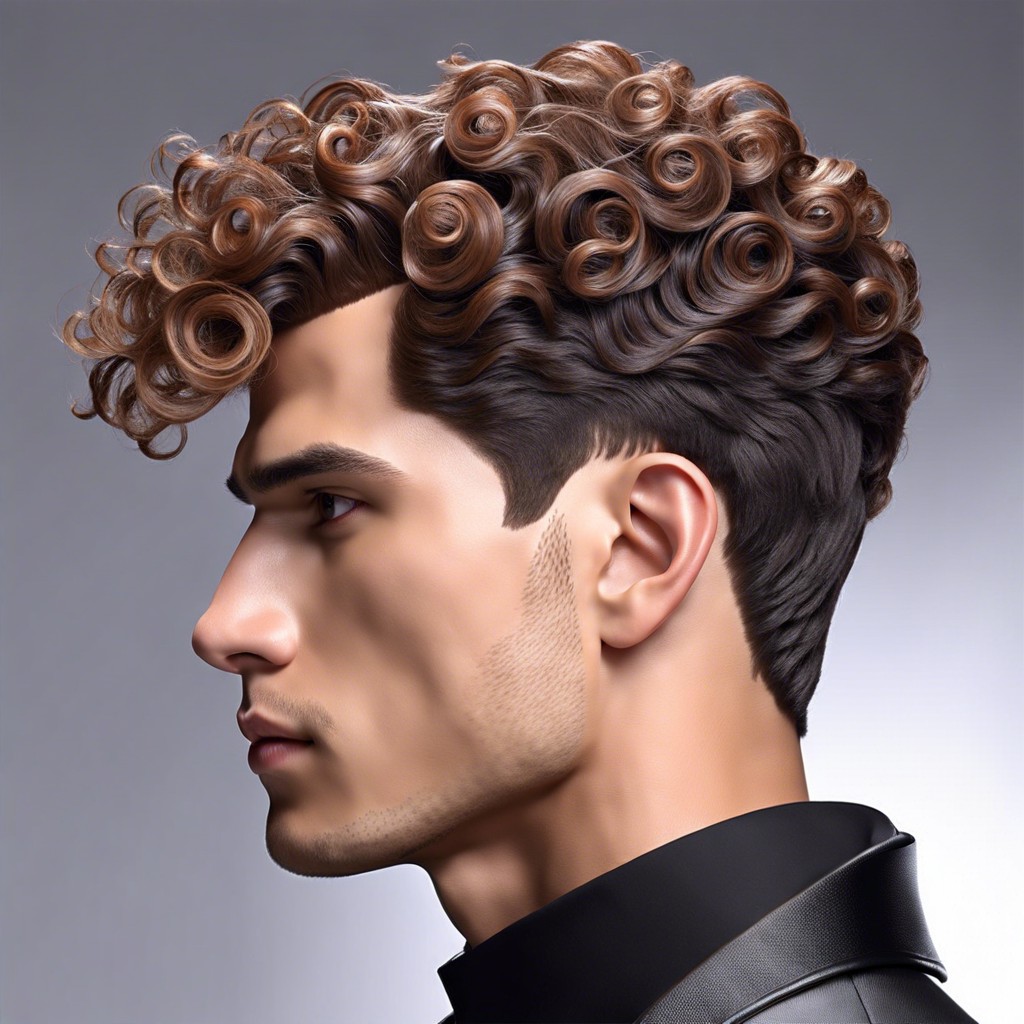
Embrace texture with a light hold styling cream, enhancing curls while maintaining a natural look.
Experiment with side parts or slicked-back styles to showcase the gradient effect of the taper.
For added volume and definition, use a diffuser on a low heat setting when blow-drying.
Maintenance Tips for Low Taper Perms
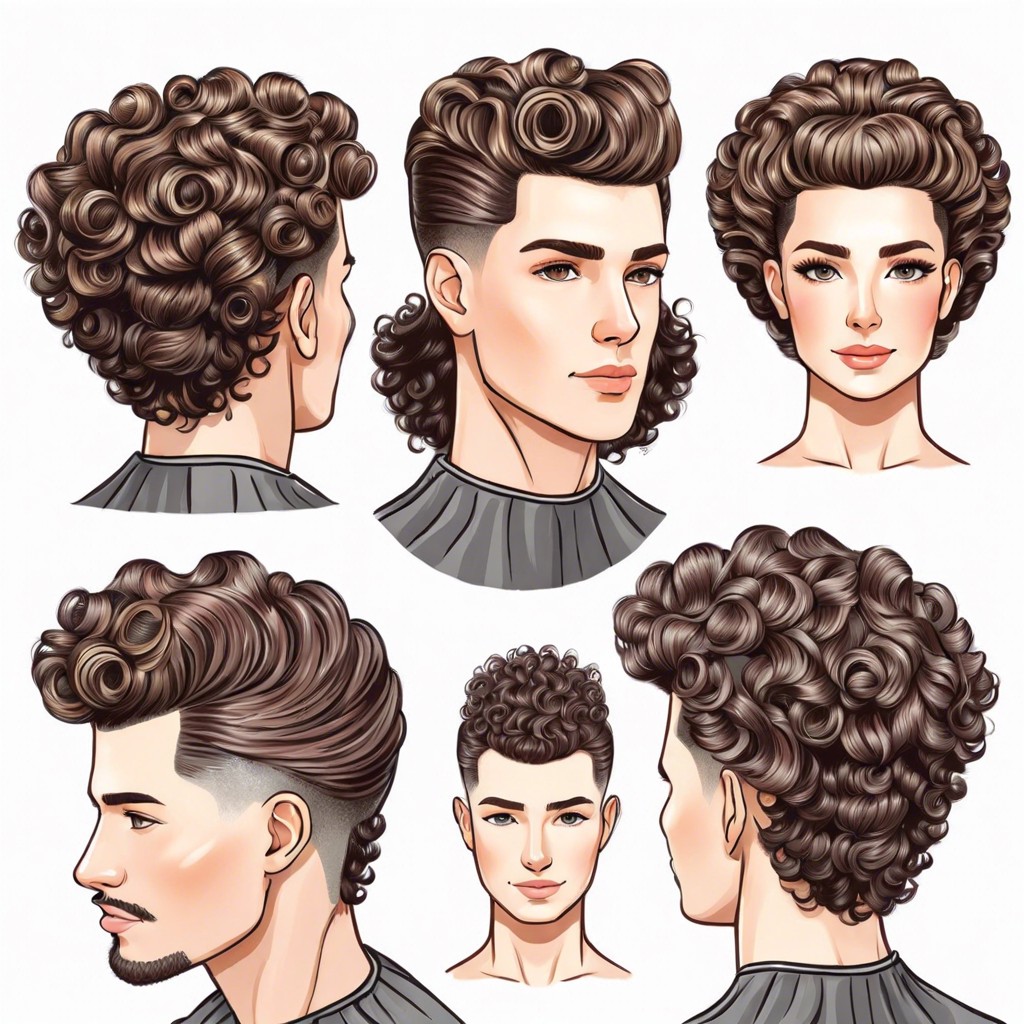
To maintain the vitality of your perm, use moisturizing conditioners regularly to combat dryness that often accompanies chemically treated hair.
Minimize heat styling to preserve the curl pattern and prevent damage; instead, opt for air-drying or using a diffuser at a low setting.
Detangle gently with a wide-tooth comb when your hair is slightly damp, and schedule trims every six to eight weeks to keep the shape of the taper fresh and distinct.
Suitable Face Shapes for Low Taper Perms
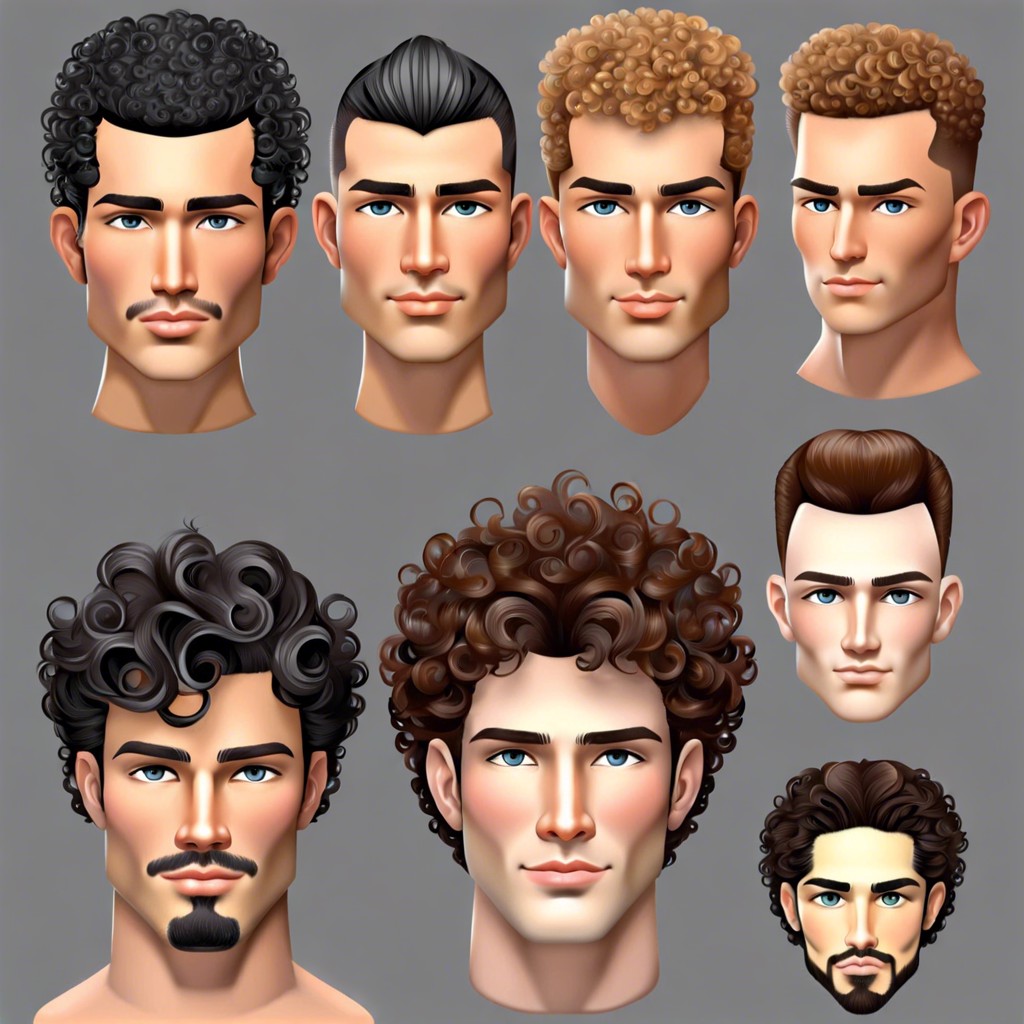
Oval and square face shapes are particularly flattered by low taper perms, as the subtle volume enhances the jawline and cheekbones.
Rounder faces may find this style elongates their features, offering a slimming effect.
Heart-shaped faces benefit from the balance a low taper provides, drawing attention downward and evening out proportions.
Choosing the Right Perm Rods for a Low Taper
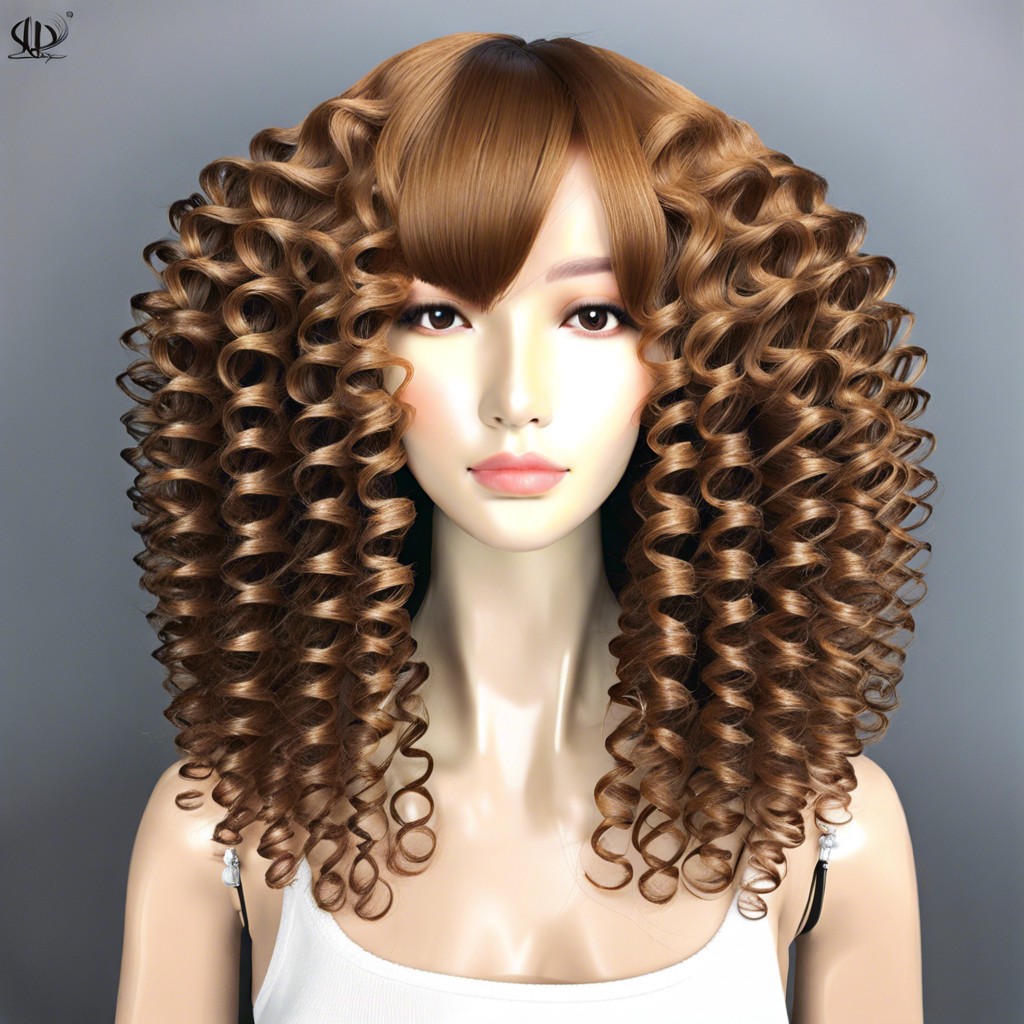
Selecting the proper rod size is critical for achieving a natural-looking wave with a low taper perm; smaller rods create tighter curls, while larger ones offer a looser wave.
Factor in the length and texture of your hair when choosing rods to ensure even curl patterns that complement the tapered look.
Using varied rod sizes can add dimension and make the perm appear more organic as it progresses from a subtle taper to enhanced volume at the top.
Comparison Between Low Taper Perm and High Taper
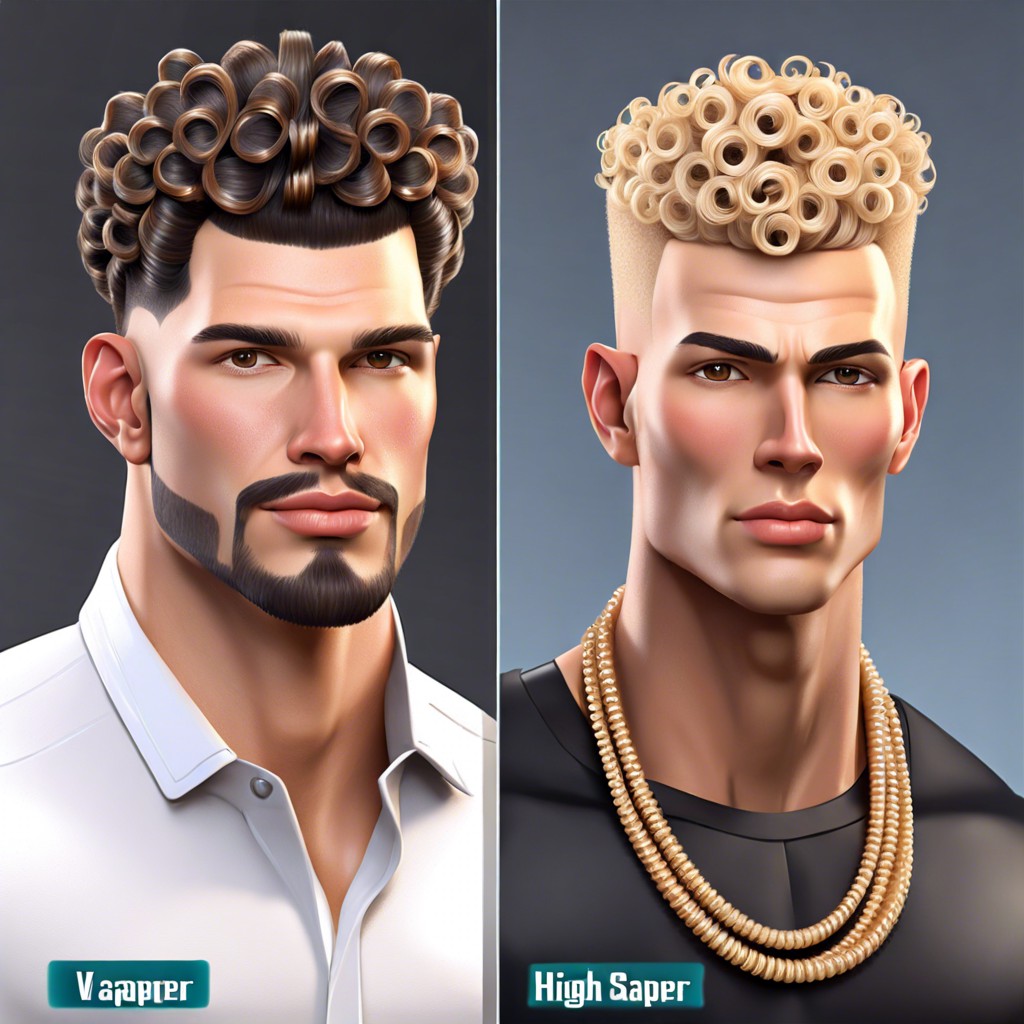
While a low taper perm offers a subtle graduation in tightness at the nape, a high taper perm starts higher on the head, creating a bolder contrast.
The high taper brings more volume and drama to the hairstyle, making it a statement look compared to the understated elegance of its low counterpart.
Choosing between the two depends on personal style preference and the desired level of maintenance.
Low Taper Perm On Different Hair Textures
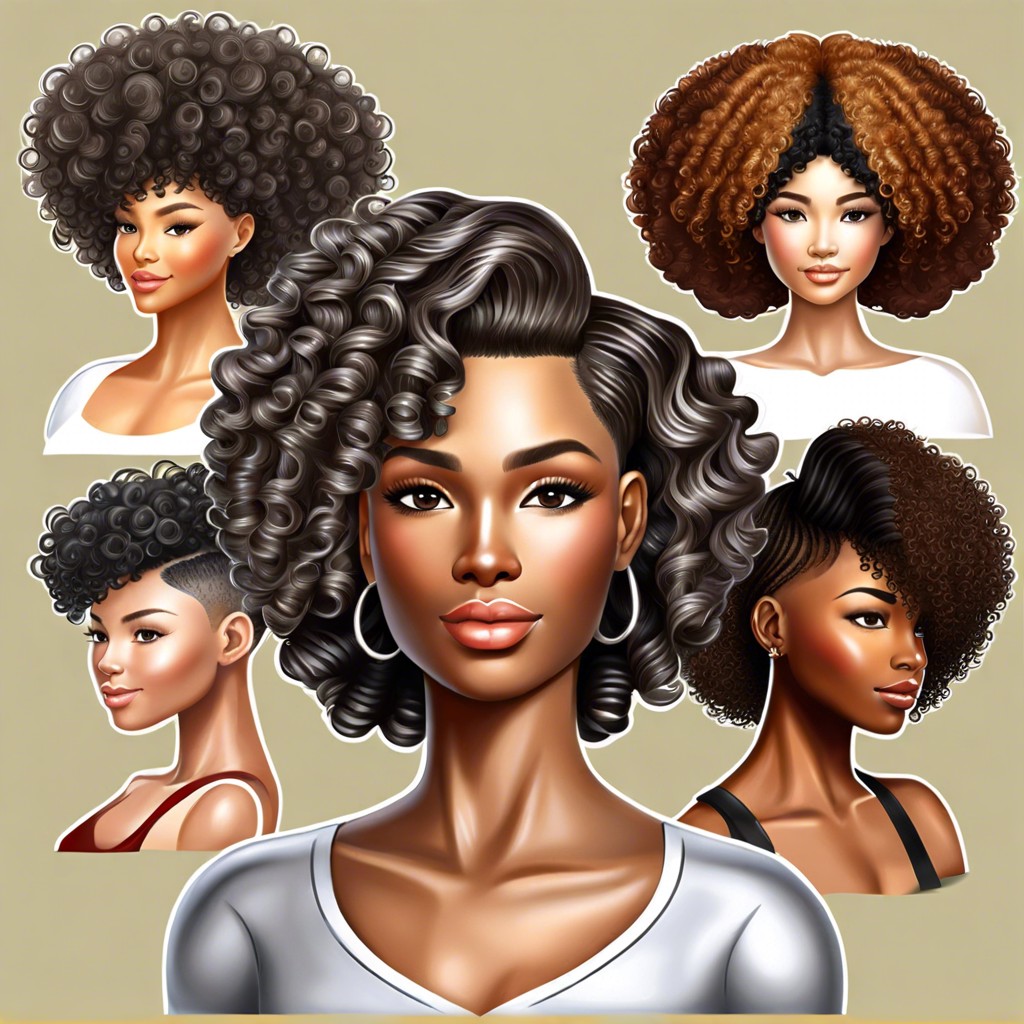
A low taper perm on fine hair creates soft volume and an illusion of thickness, enhancing body and texture.
Coarser hair takes to the perm well, resulting in defined curls that taper neatly at the nape, adding a sleek edge to the style.
Curly hair can achieve a more structured and gradient appearance with a low taper perm, allowing for a controlled and elegant coiffure.
Aftercare Products for a Low Taper Perm
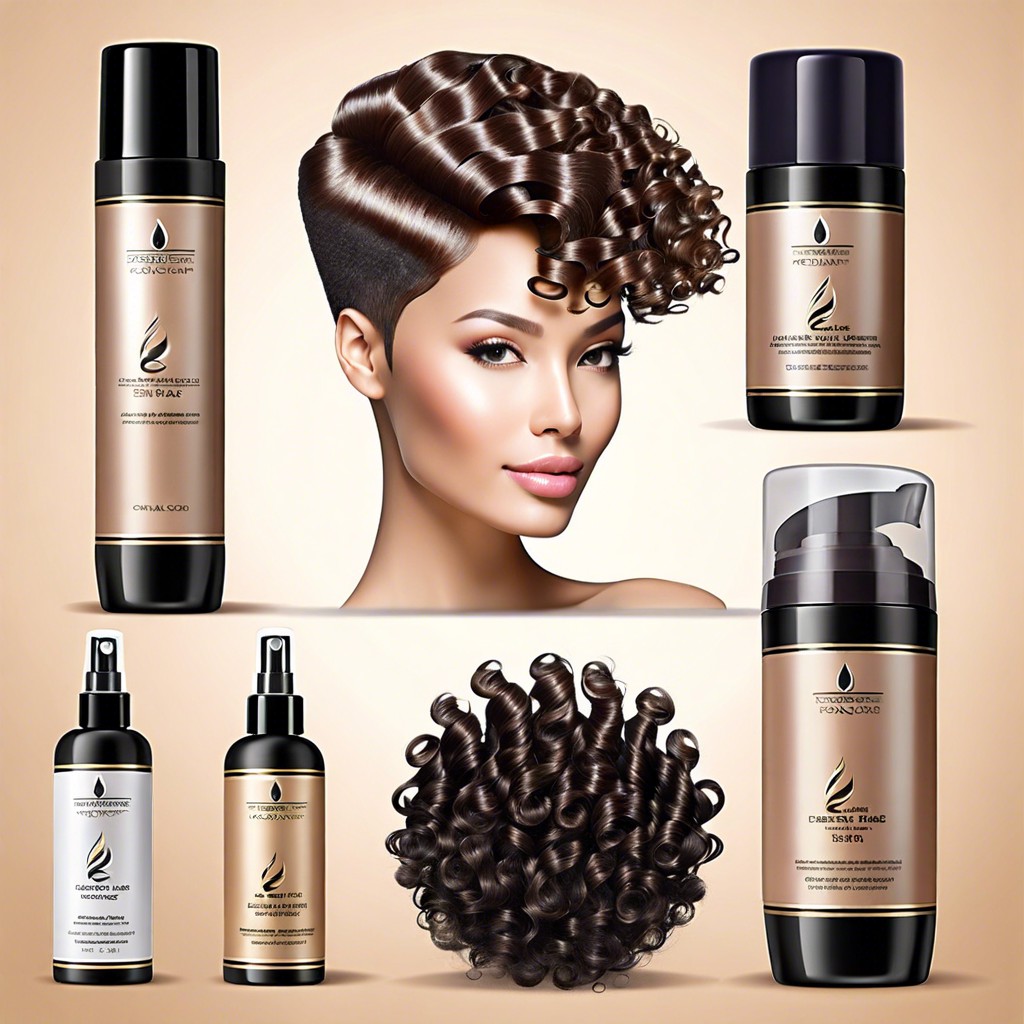
To preserve the vitality of a low taper perm, a sulfate-free shampoo can help maintain the curls without stripping natural oils. Utilizing a deep conditioner weekly aids in keeping permed hair hydrated, reducing frizz, and ensuring the longevity of the perm’s texture.
A leave-in conditioner is essential for detangling and providing moisture, making it a staple for daily aftercare to keep the tapered curls looking defined and healthy.
Average Cost of Getting a Low Taper Perm
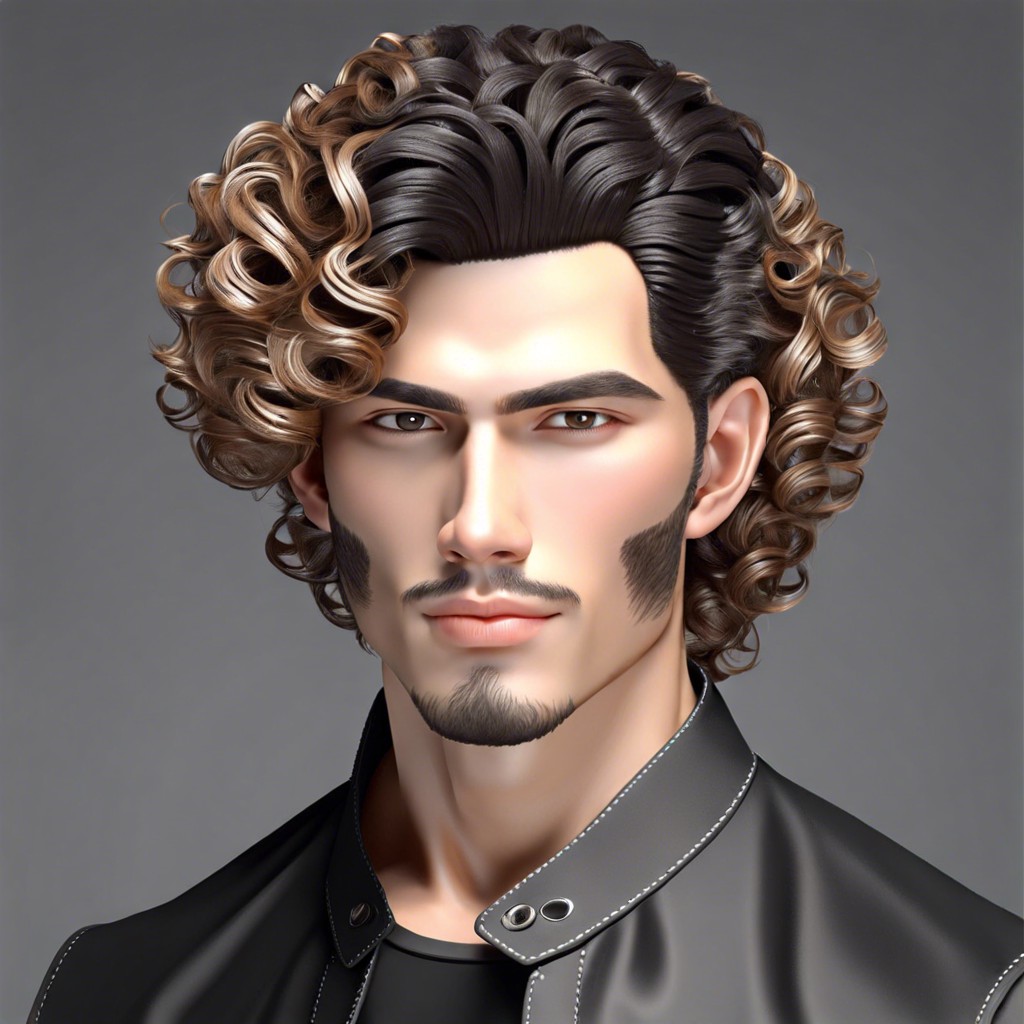
The price of a low taper perm can vary depending on the salon’s location and the stylist’s expertise, typically ranging between $60 to $200. Additional costs may include haircuts, styling, and any special treatments to ensure the perm looks its best. Always inquire about the full cost before the appointment to avoid surprises, as some salons may charge extra for long or thick hair.
The Duration of a Low Taper Perm
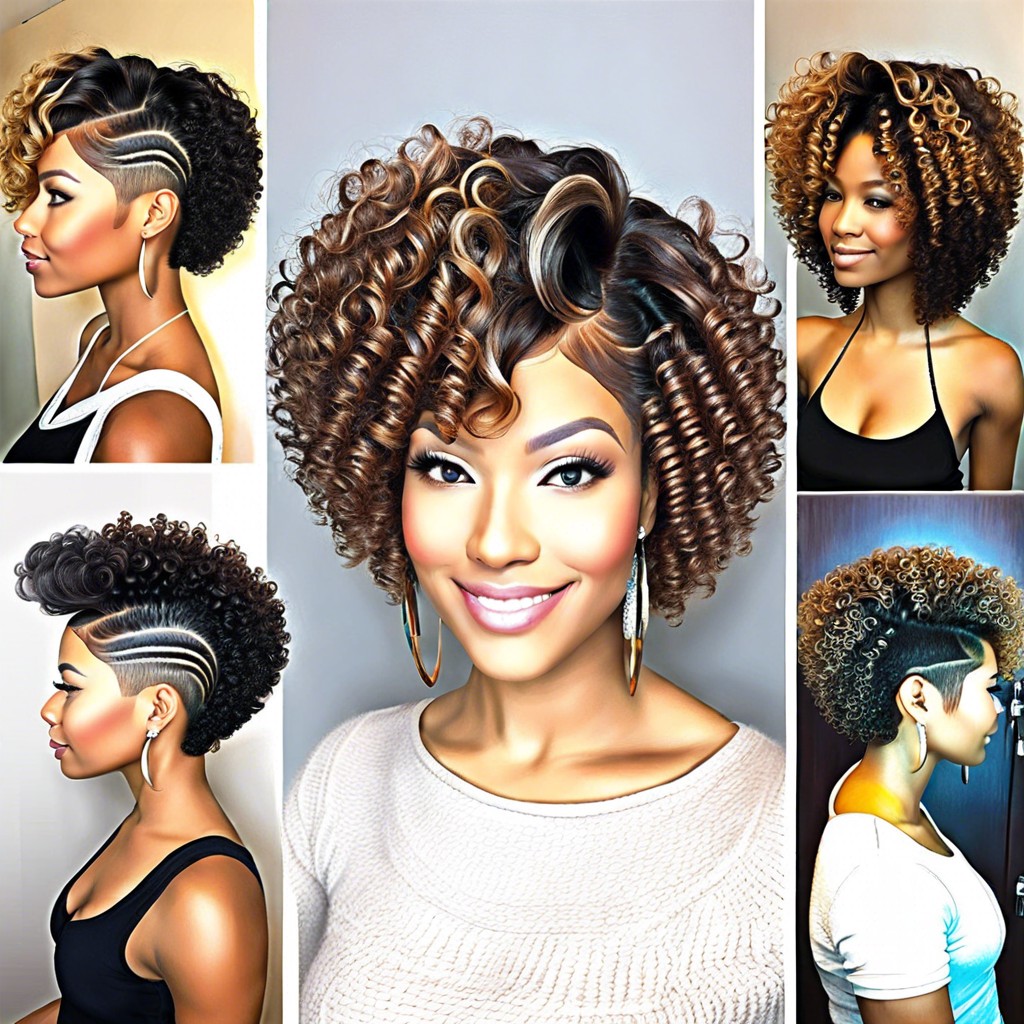
The longevity of a low taper perm is typically around three to six months, depending on hair type and maintenance.
Regular touch-ups can extend the lifespan of the curl definition and overall structure.
It’s essential to follow a tailored hair care routine to sustain the perm’s health and vitality.
Side Effects of Low Taper Perms
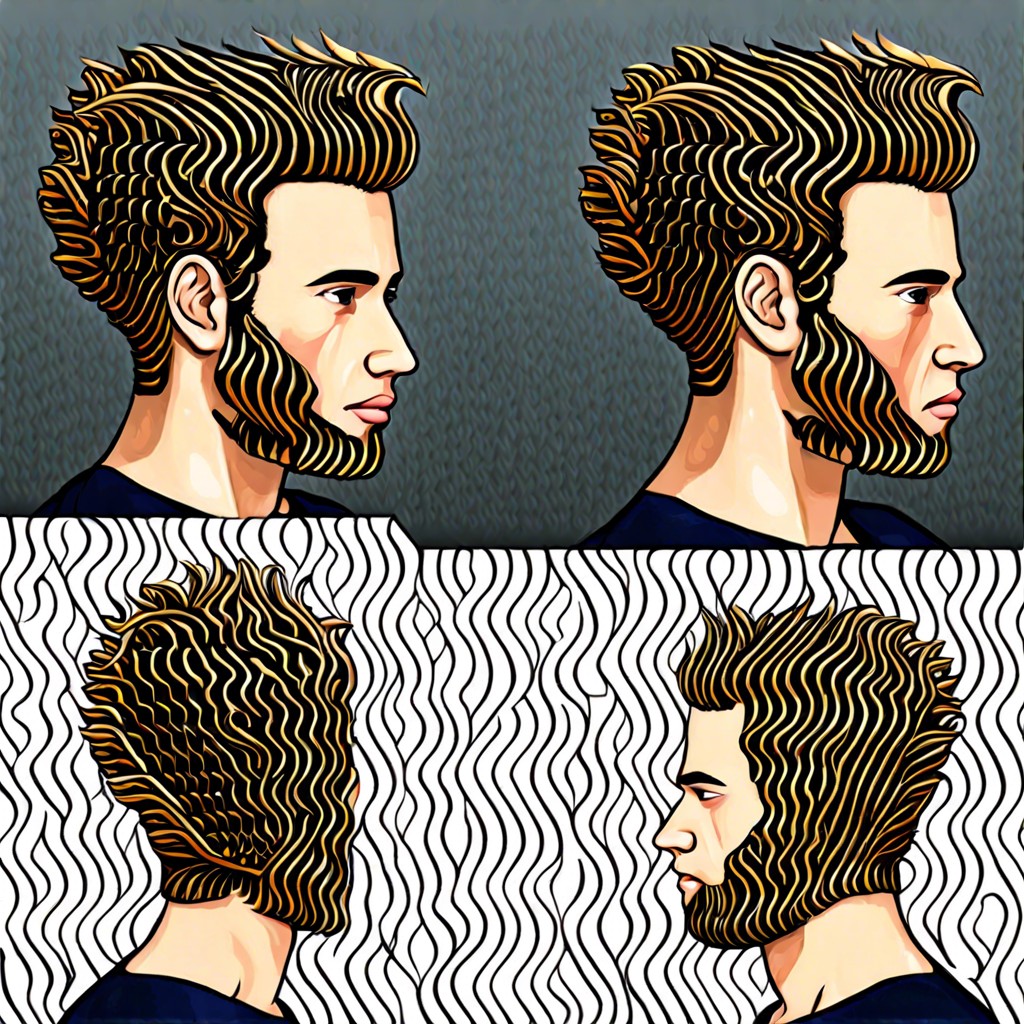
Low taper perms involve chemicals that can sometimes cause scalp irritation or allergic reactions. Over-processing with a perm solution may lead to hair damage or breakage, particularly on weakened strands. It’s crucial to conduct a patch test and consult a professional to minimize potential adverse effects on hair health.
DIY Low Taper Perm Instructions
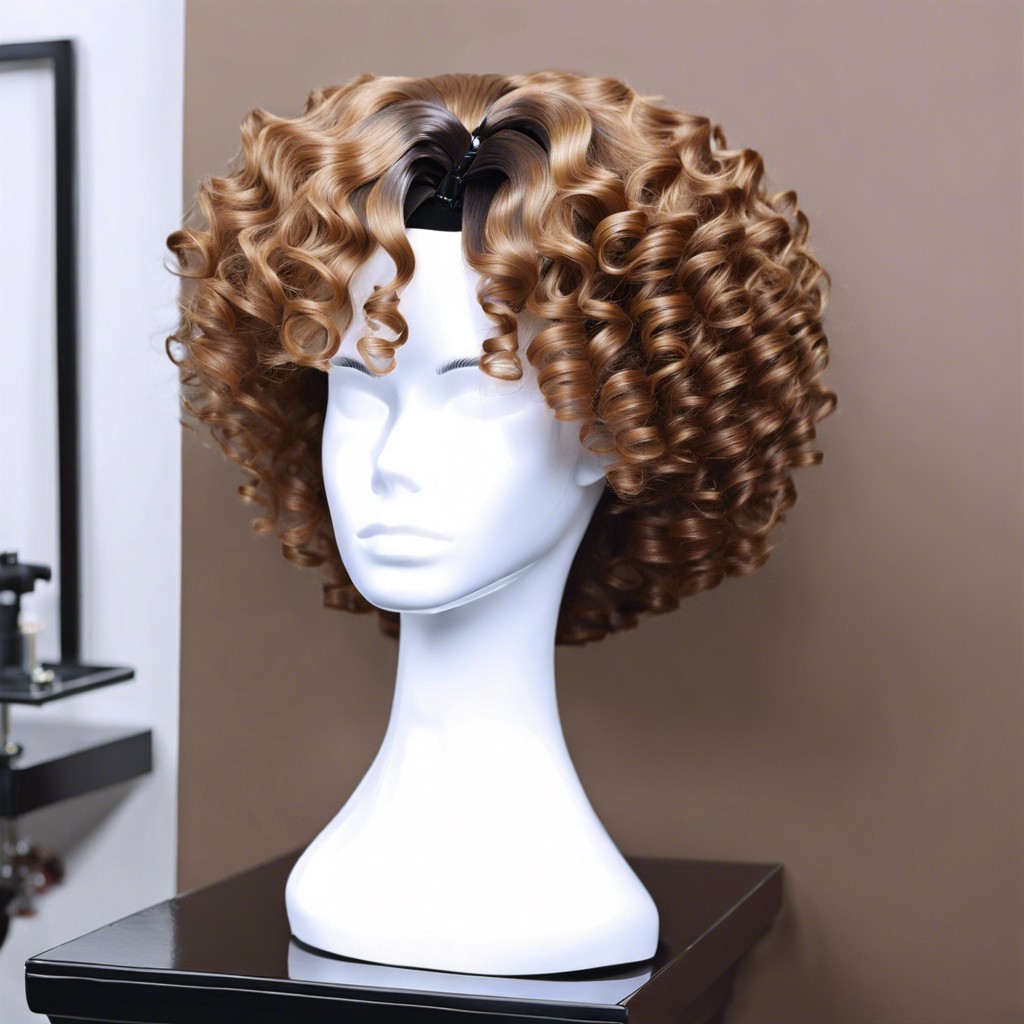
For the adventurous at-home stylist, achieving a low taper perm requires precision and patience, especially when wrapping the hair around rods at the nape and gradually lessening the perm towards the crown. Key to the process is selecting the correct rod size and perm solution based on your hair’s health and texture.
Thoroughly follow each step of perm application and neutralization, ensuring to not leave the chemicals in for too long to prevent hair damage.
Celebrities With Low Taper Perms

Celebrities often set the trend with their hairstyle choices, and a well-executed low taper perm can elevate their look with a blend of classic and modern appeal.
Public figures like Timothée Chalamet have popularized the perm, showcasing its flexibility and the ease with which it pairs with various fashion styles.
Observing these celebrities can serve as a source of inspiration for those considering a low taper perm and offer a visual reference for the desired outcome.
Transitioning From a Low Taper Perm to Natural Hair
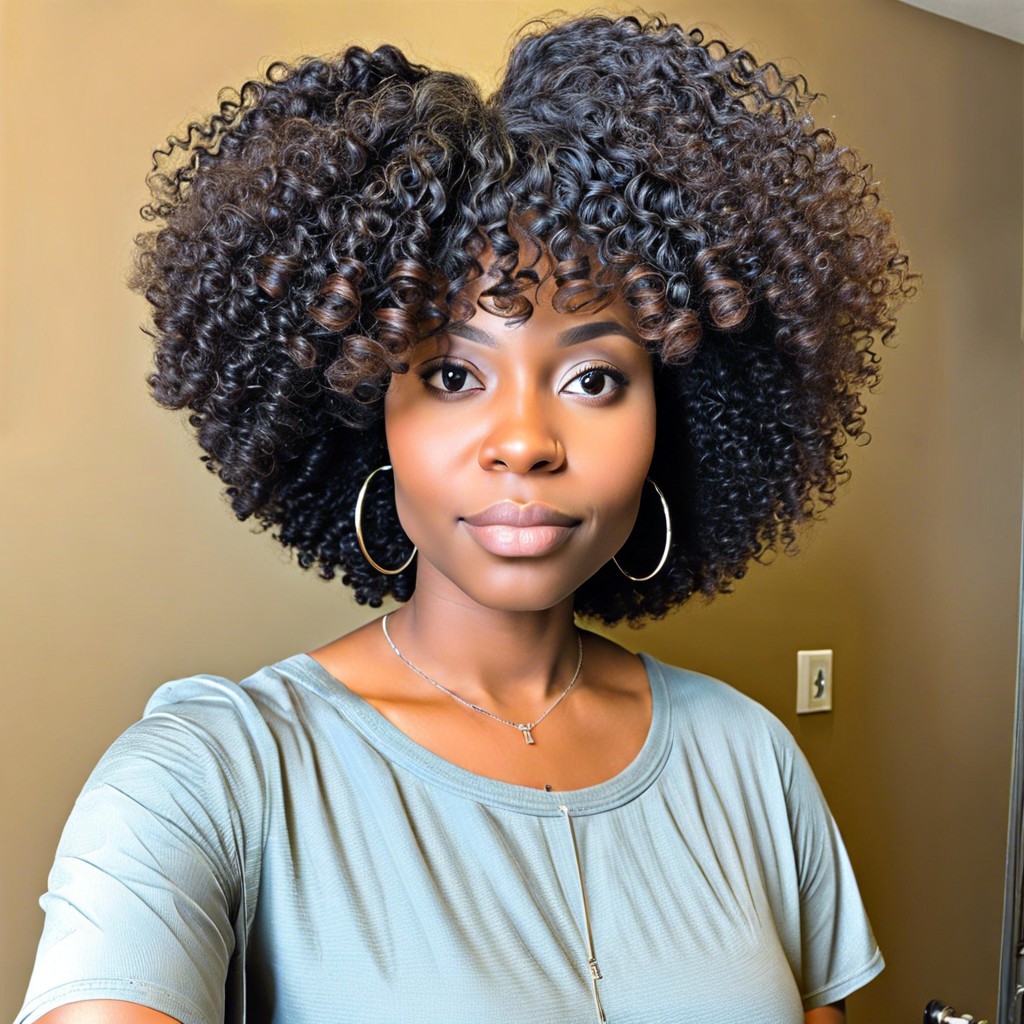
Patience is key when transitioning from a permed to natural hair; expect to gradually trim the chemically treated ends as new growth comes in.
Incorporating protective styles like twists and braids can ease the process by reducing stress on demarcation lines where treated hair meets natural textures.
Regular deep conditioning treatments will help maintain hair health and manageability during the transition phase.
